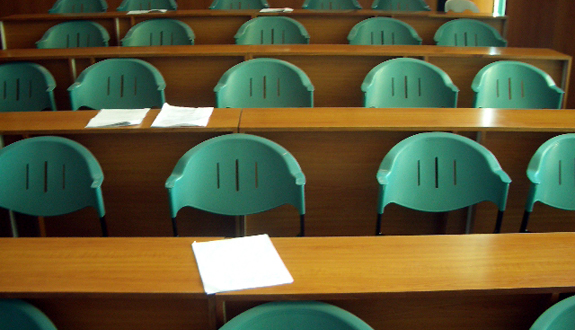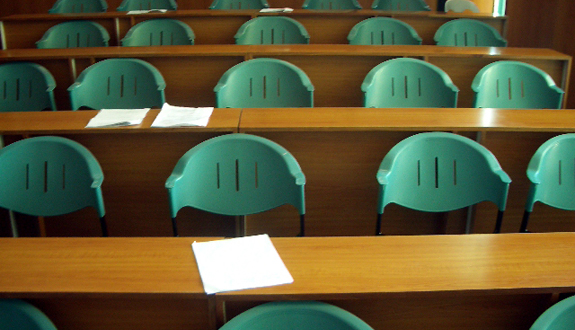How the 2018-19 Law School Admissions Cycle Is Shaping Up
- by
- Dec 12, 2018
- LSAT
- Reviewed by: Matt Riley


Ever since the recession, law school admissions cycle have garnered a tremendous amount of discussion. Prior to the economic downturn, applications and enrollment were steadily increasing for years. The law was seen as a safe, stable profession. Following the recession, everything went haywire. Fewer students got jobs, class sizes decreased, and the once predictable application cycles were thrown into disarray.
The trend of uncertainty continued this year. Early on, it looked like many more students than expected were applying to law school and, of those applicants, there was a surge in the number with high LSAT scores. As a result, the early predictions were that this cycle would be more competitive and that it was even more important than ever to apply early, when the greatest number of spots were available.
However, with the benefit of more data, it appears that the overall number of applicant is going to stay the same as last year. Generally, this is favorable news for applicants. Less competition means a greater likelihood of admission. It also looks like the number of applicants with top scores is going to remain flat to down. Again, this is favorable news. The smaller the number of scores in the 170’s, the greater the likelihood that schools will stretch to lower scores in admitting candidates.
Moreover, the early surge in applicants, followed by the current slowdown, means that we could see a lot of movement later in the cycle. Schools may have been waiting to see if the trend of an increasing number of higher-scoring applicants continued into the new years. If the slowdown continues, then we could see a flurry of activity in February and March, when schools realize that they aren’t going to get a wave of applicants with high scores. For those of you who either haven’t heard anything, or have been put on hold or waitlisted, it is very possible that you’ll see movement in the coming months.
For more of the data on these points, you can refer to this article. At the end, you’ll see what may seem like one particularly promising potential prediction — namely, that schools my increase the size of their classes. Not to throw some cold water on the positivity, but I for one am a big fan of smaller law school classes. When you’re applying, bigger classes mean a great chance of getting into your target school. But when you apply for jobs, larger classes mean a great number of above-median students competing for jobs.
Nevertheless, getting into a top-14 school, or a strong regional school, is the first step in achieving success in your legal career. The better the outlook on that crucial first step, the better your overall outlook becomes.
Search the Blog

Free LSAT Practice Account
Sign up for a free Blueprint LSAT account and get access to a free trial of the Self-Paced Course and a free practice LSAT with a detailed score report, mind-blowing analytics, and explanatory videos.
Learn More
Popular Posts
-
logic games Game Over: LSAC Says Farewell to Logic Games
-
General LSAT Advice How to Get a 180 on the LSAT
-
Entertainment Revisiting Elle's LSAT Journey from Legally Blonde








